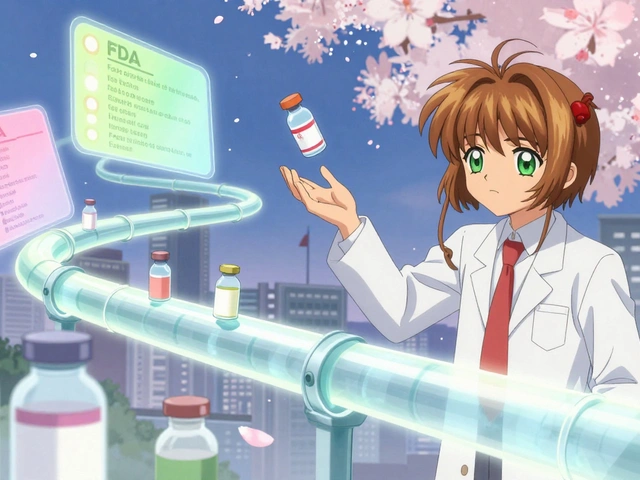Headaches: Causes, Quick Relief & Prevention
Headaches are one of the most common reasons people skip work or worry. Some are mild and short-lived, others are disabling. You don’t need fancy tests to start feeling better — a few simple moves and habits will cut the number and the intensity of attacks for most people.
Know what kind of headache you have
Tension headaches feel like a tight band around the head. Migraine is usually one-sided, throbbing, and may come with nausea or light sensitivity. Cluster headaches are intense, short, and often around one eye. Medication-overuse headaches happen when pain pills are used too often. Identifying the pattern — time of day, triggers, how long it lasts — makes treatment smarter and faster.
Keep a short headache diary for 2–4 weeks: note when it starts, how long it lasts, what you ate, how much sleep you had, and any medicines used. That record helps you and your clinician pick the right plan.
Quick at-home fixes that actually work
Try these first when a headache starts: drink a full glass of water (dehydration is a common trigger), rest in a quiet, dark room if light bothers you, and use a cold pack on the forehead or a warm pack on tight neck muscles. Gentle neck stretches and slow breathing for five minutes can cut pain for tension-type headaches.
Over-the-counter meds — ibuprofen, naproxen, or acetaminophen — help many people. Use the lowest effective dose and avoid taking pain pills more than 2–3 days a week to prevent rebound headaches. A small cup of coffee can improve relief with some painkillers, but don’t overdo caffeine or you’ll risk more headaches later.
If headaches are sudden and extremely severe (a “thunderclap” pain), come with fever and a stiff neck, cause weakness or difficulty speaking, or follow head trauma, seek emergency care right away.
For frequent or severe headaches that affect daily life, talk to your doctor about prescription options and preventive strategies. Common prevents include daily medications like beta-blockers (Propranolol or Metoprolol), some antidepressants, or anti-seizure drugs. Newer options include CGRP-targeting drugs for migraines — a specialist can help you weigh pros and cons.
Simple lifestyle changes often cut headaches more than people expect: steady sleep, regular meals, hydration, limiting alcohol, consistent exercise, and stress control (therapy, meditation, or timed breaks). Avoid skipping meals and watch processed-meal triggers like high-sodium or aged cheeses if those foods match your diary notes.
Want deeper reading? Check our guides on beta-blocker alternatives and how specific heart meds are used for prevention. If you’re unsure what’s safe for you, bring your headache diary to a clinician — it makes the conversation fast and practical.
Headaches are common, but you don’t have to manage them alone. Small, targeted steps often give big relief and cut how often they return.
Hormonal Imbalances and Headaches: What Women Need to Know
As a woman, I think it's crucial for us to understand the connection between hormonal imbalances and headaches. Our hormones play a significant role in regulating various bodily functions, and any imbalance can lead to unpleasant symptoms, including headaches. These imbalances often occur during menstruation, pregnancy, and menopause, causing migraines and tension headaches. To manage these headaches, it's essential to track our cycles, maintain a healthy lifestyle, and consult a healthcare professional for personalized advice. Let's educate ourselves and take control of our well-being, ladies!






